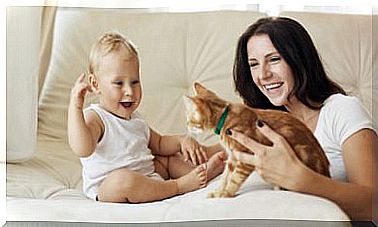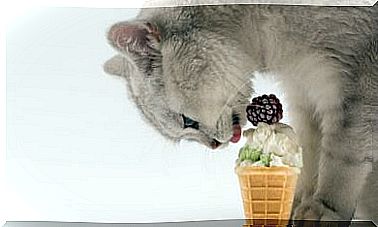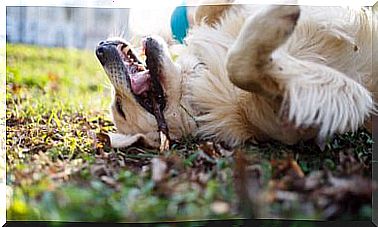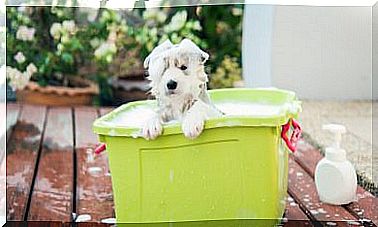Heat And Pets Are Not Good Friends
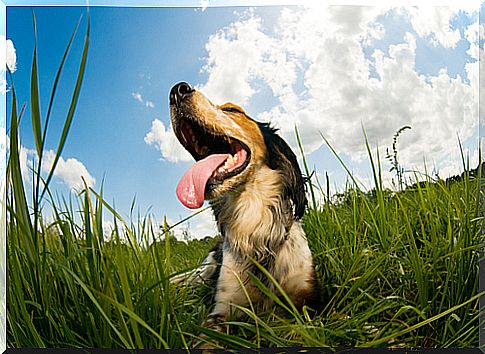
Something that may seem harmless, but in fact is very harmful to many animals (especially domestic ones), is prolonged exposure in spaces where heat is too enclosed. So read carefully what we are about to recommend, so you know why the heat and pets are not good friends.
Because many of the pets that we have at home have hair, it makes them more prone to accumulate more heat than people, this will also vary depending on some characteristics of the animal, and it can end in heat stroke that can be very dangerous.
Animals prone to heat
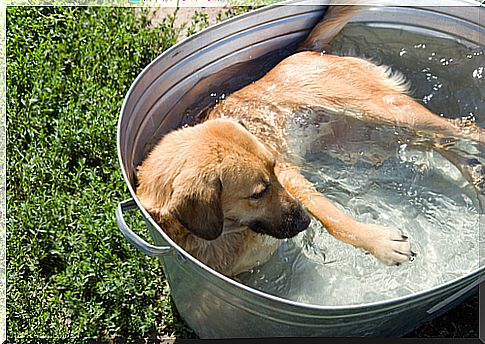
As we said before, furry animals are more likely to suffer from heat, but within these, there are some that are especially delicate or that are more affected under this condition:
- Puppies or elderly animals are more sensitive to heat.
- Animals with long hair or a double internal coat (for example, Labradors or animals that have a coat of hair that makes them waterproof).
- Animals with dark fur or skin, since dark colors tend to store more heat than those with light coat.
- Small mammals are especially sensitive to extreme weather conditions, for example hamsters or squirrels.
- Animals adapted to cold climates will have a hard time under extreme heat conditions.
Alarm symptoms
During hot seasons, the best thing you can do is take some precautions, such as avoiding very long walks in the sun or leaving your pet indoors without ventilation or shelter. You should also be attentive to the symptoms of your pet, here are some signs that may indicate that he is suffering from heat stroke:
- He looks agitated, even if he has been at rest. You may have a slightly lost look and be outlining a slight “smile.”
- He does not want to move and is lazy for a long time and at unusual times.
- Muscle tremors
- Vomiting
- Fast heartbeat
- Disorientation and staggering.
- Loss of appetite
It is important that you determine when your dog is suffering from heat stroke and try to lower his temperature, although in serious cases you will have to go to the vet. Untreated heat stroke can lead to organ failure, kidney hemorrhage, brain edema, and death of the animal.
In case you cannot take your pet to the vet, take him to a cool place and apply compresses to the areas where the skin is most exposed. You can also help yourself with a fan, water or air conditioning. The important thing is that you manage to lower your body temperature and refresh the blood that circulates in your body, which can damage your organs.
Once you see that his breathing has normalized, you can remove what you have used to cool him down. Remember that you should not use ice water or ice, the sudden change in temperature can damage your brain.
If you have wet it, dry it well, you should not cover it with wet scrubs or towels, these will store the heat instead of letting it rise. You should try to hydrate your pet, but do not force it to drink, it can aspirate the liquid and generate a respiratory condition.
To avoid heat stroke, the best thing you can do is keep your pet hydrated, avoid over-exercising, and not give him hot water to drink.
recommendations
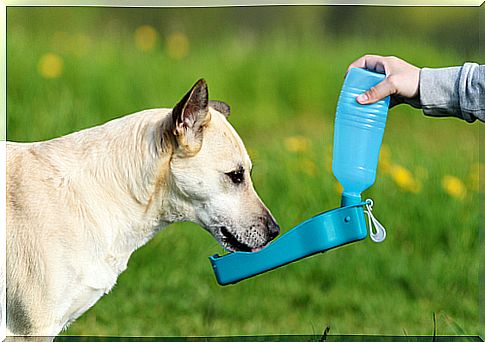
- Do not leave your pet in a parked car for any reason. Temperatures inside vehicles can triple the ambient temperature, even in the shade.
- Take him out for a walk at appropriate times, when the heat has subsided a bit.
- Make sure he is constantly hydrated and always has fresh water.
- Keep it in a cool and ventilated space.
- Watch that they eat properly, under hot conditions they tend to consume less food, so taking care of their nutrition will be important to prevent future problems.
- Animals such as reptiles and fish are also sensitive to environmental changes. However, as their environments are artificial, you should keep in mind that the temperature of the tank does not vary, as this could seriously affect their quality of life.

